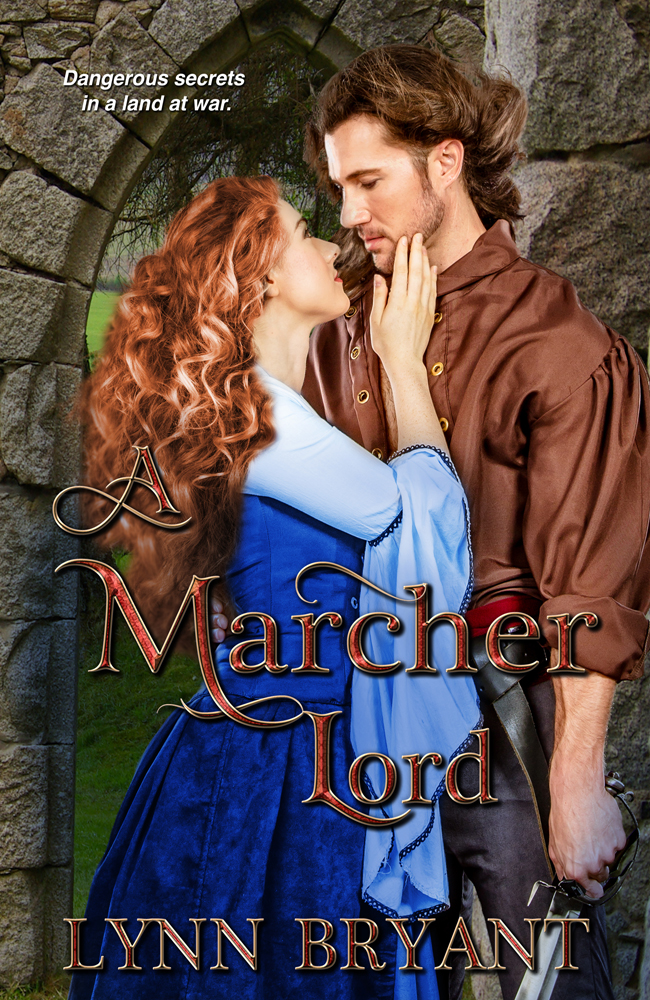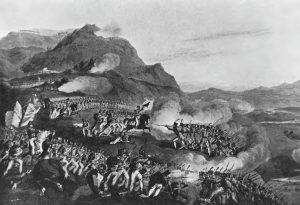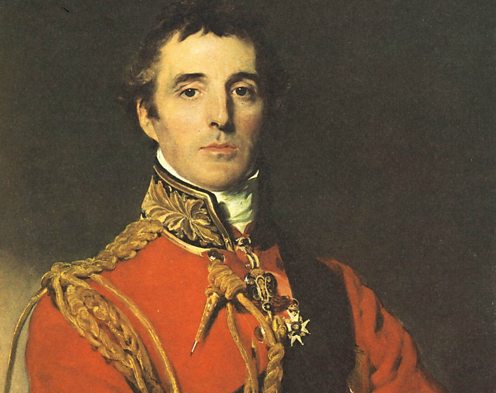 The storming of the two great Spanish border citadels of Ciudad Rodrigo and Badajoz were the first step in Wellington’s campaign of 1812. It was essential for him to hold these fortresses, known as the keys to Spain and he pushed his army to it’s limits in order to capture them, with huge loss of life and appalling loss of discipline.
The storming of the two great Spanish border citadels of Ciudad Rodrigo and Badajoz were the first step in Wellington’s campaign of 1812. It was essential for him to hold these fortresses, known as the keys to Spain and he pushed his army to it’s limits in order to capture them, with huge loss of life and appalling loss of discipline.
This is not good for the men of the third brigade of the light division because if there is one thing their unpredictable Colonel hates the most it’s storming a fortress and he is very prepared to let everybody know about it…
A Redoubtable Citadel is the fourth book in the popular Peninsular War Saga, telling the story of Paul and Anne van Daan and the officers and men of the 110th light infantry through the bloody campaigns of 1812.
It was early evening and already the skies were growing darker. All day the guns had fired, a deafening bombardment of the city walls which left men with their ears ringing even after the noise had stopped but it was becoming quieter now, with longer gaps between shots and the volunteers of the 88th Connaught Rangers stood immobile, so quiet that it was possible to hear the breathing of the next man as they waited for the order to begin the assault. They were all volunteers, this band of men, forming the Forlorn Hope, the first men over the breaches. Survival would bring glory and in some cases promotion but survival was very unlikely.
Sergeant Nathaniel Higgins was not one of the volunteers but they were his men and he ran an experienced eye over them and approved their steadiness. At the front of the line were two officers, also volunteers and neither of them from the 88th. The older of the two was a dark eyed captain of thirty-five and Higgins had been told that he was up on a charge of killing a fellow officer on a duel. Disgrace was his only future and he was probably lucky to have been offered this chance to lead these men to death or glory. The younger was no more than a lad, probably twenty, an ensign and too young for this. He was pale and sweating, but seemed calmer than Higgins would have expected, and he wondered what had driven the lad to this desperate end. Debt or a woman, Higgins supposed. Sometimes the young fools did not seem to realise what they were doing when they volunteered for this or how unlikely they were to survive. They saw it as the road to glory and quick promotion. Looking at this boy, Higgins was fairly sure he knew exactly what he was doing. Intelligent grey eyes were studying the walls.
Reaching into his coat Higgins took out his battered flask and drank, then touched the boy on the arm and offered him the rum. The young officer took it and drank with an attempt at a smile, handed it back.
“You all right, sir?” Higgins said, and the boy nodded, his eyes still on the fading bulk of the citadel of Ciudad Rodrigo, looming up in the falling darkness.
A sound broke through the silence and Higgins jumped. It was a shout, a bellow so loud that every man of the Forlorn Hope also jumped and turned, peering through the darkness. A tall figure was striding from the waiting lines towards them and he did not appear to be in the least concerned at the stir he was causing.
“Oh bloody hell,” the young ensign said, and he sounded, Higgins thought, suddenly more terrified than he had seemed to be of going over the wall.
“Mr Jackman. Am I seeing things or are you actually standing there with the Connaught Rangers when you should be back in line with your men?”
The tall figure resolved itself into an officer, fair haired and hatless with a long legged stride. Close up Higgins was aware of a pair of startling deep blue eyes which were fixed with ominous intensity on the young ensign. Jackman snapped to attention and saluted, and Higgins did the same realising that the man wore a colonel’s insignia on his red coat.
“Sir. Yes, sir.”
“Don’t give me ‘yes, sir’ you bloody idiot! What the hell are you doing here?”
“Volunteered, sir. Sorry, thought you’d know. Sergeant said commanding officers would be informed…”
“I was informed, that’s why I’m bloody well here chasing after you when I ought to be back there putting the fear of God into my lads! What made you think you had the right to volunteer for this suicidal piece of lunacy without my permission? Get your kit and get your arse back to your company before I kick you so hard you’ll scale that breach without your feet touching the ground!”
Higgins cleared his throat. “Excuse me, Colonel. But the lad is right. He’s entitled…”
“Not when he’s nineteen and being a bloody imbecile he isn’t!” the colonel said. He looked at Higgins. “You going over there, Sergeant?”
“Not with this lot, sir. With my men afterwards.”
“Good man.” Suddenly the colonel smiled. “Sorry, I should have introduced myself before, we’ve not met. Colonel Paul van Daan, 110th.”
Higgins stood to attention and saluted. The extraordinary scene was suddenly much clearer; he had heard of Colonel van Daan who had been given command of the newly formed third brigade of the light division. There were many legends in the army, most of whom, in Higgins opinion, fell woefully short of their reputations but he was already beginning to see why men spoke of Paul van Daan with something bordering on awe. The colonel looked at the captain commanding the troop.
“Name and regiment?”
“Captain James Harker, sir, of the 9th.”
“Ah. I rather see why you’re here.” Van Daan studied him. “I’m sorry I wasn’t on that disciplinary board. I hope you make it, Captain. If you do, come and see me, would you? I’ve heard good things about you and you might feel that a change of scene would do you good if you get to carry on in the army. I’m always short of good officers.”
“Thank you, sir.”
Van Daan’s blue eyes shifted back to Ensign Jackman. “Captain Manson has informed me that you are in debt, Mr Jackman.”
“Yes, sir.”
“Cards?”
“Yes, sir. In pretty deep. Can’t pay. Debts of honour, sir.”
Paul van Daan studied him. “To whom? Don’t tell me any of my officers are fleecing their juniors, I’ll skin them alive!”
“No, sir. I owe most of it to an officer of the Highlanders, a major. Got into a game up at the headquarters mess…”
“Mr Jackman, when you were offered the chance to serve in my regiment, did anybody give you any information about my rules on gambling?”
Jackman’s face was visibly scarlet even through the darkness. “Yes, sir. Not to gamble above our means and never with a senior officer. Sorry, sir. But it’s not in the army regulations.”
“Fuck the army regulations, most of them are bollocks anyway, you’re in the 110th and the only regulations that matter are the ones I tell you matter! And it serves you right for going to the headquarters mess anyway, the food’s dreadful and the wine is worse. No wonder Wellington never goes near it. I will deal with the major who thinks it is a good idea to flout my rules and gamble with my juniors at a later date. If he is extremely lucky he’ll get his head blown off before I catch up with him!”
Higgins gave a choke of laughter. “They’re in reserve sir, won’t be engaged today.”
“He bloody will when I get hold of him! Captain Harker, can you manage without this young fool? Despite his evident idiocy in matters of finance, he’s a surprisingly useful officer and I’d like him to go over with his men.”
Harker was smiling. “Gladly, sir.”
“Good. Jackman, if it becomes necessary I will settle your blasted debts of honour myself and you can pay me back gradually. And if I ever see you near a card table for anything greater than a penny a point I am going to shoot you in the head and display your bloody body as a warning to others. Now piss off back to your company and be thankful that I don’t have time to kick the shit out of you as you richly deserve! Move!”
(From A Redoubtable Citadel by Lynn Bryant)







 For 300 years the people of the Anglo-Scottish Border region lived in a war zone. Invading armies caused terror, destruction and death and the ongoing conflict forged men who were expert raiders and cattle thieves, owing loyalty to none but their own clan, their own surname. We have come to know them as the Border Reivers.
For 300 years the people of the Anglo-Scottish Border region lived in a war zone. Invading armies caused terror, destruction and death and the ongoing conflict forged men who were expert raiders and cattle thieves, owing loyalty to none but their own clan, their own surname. We have come to know them as the Border Reivers.
















 A Regency romance following the story of Nicholas Witham. Like Giles, Nicholas sold out of the 110th after Waterloo. Nicholas appears for the first time in An Untrustworthy Army, book five in the series which is currently being written, along with his closest friend Simon Carlyon. Simon is the younger brother of a major character in An Unconventional Officer and I suspect we’ll be seeing more of Simon. There is also the opportunity in this book to see a little of the rest of Anne van Daan’s family, back home in Yorkshire. In addition there is a cameo appearance from the Earl of Rockcliffe.
A Regency romance following the story of Nicholas Witham. Like Giles, Nicholas sold out of the 110th after Waterloo. Nicholas appears for the first time in An Untrustworthy Army, book five in the series which is currently being written, along with his closest friend Simon Carlyon. Simon is the younger brother of a major character in An Unconventional Officer and I suspect we’ll be seeing more of Simon. There is also the opportunity in this book to see a little of the rest of Anne van Daan’s family, back home in Yorkshire. In addition there is a cameo appearance from the Earl of Rockcliffe.